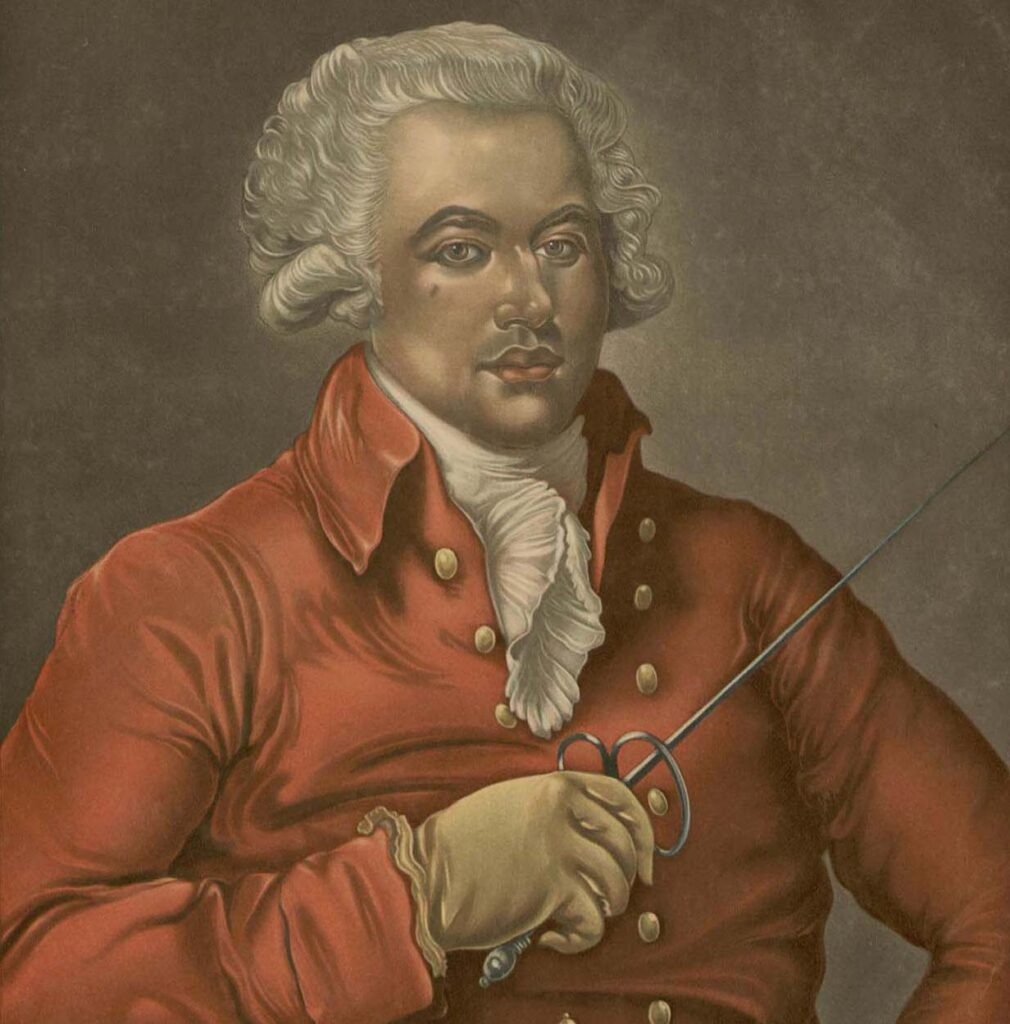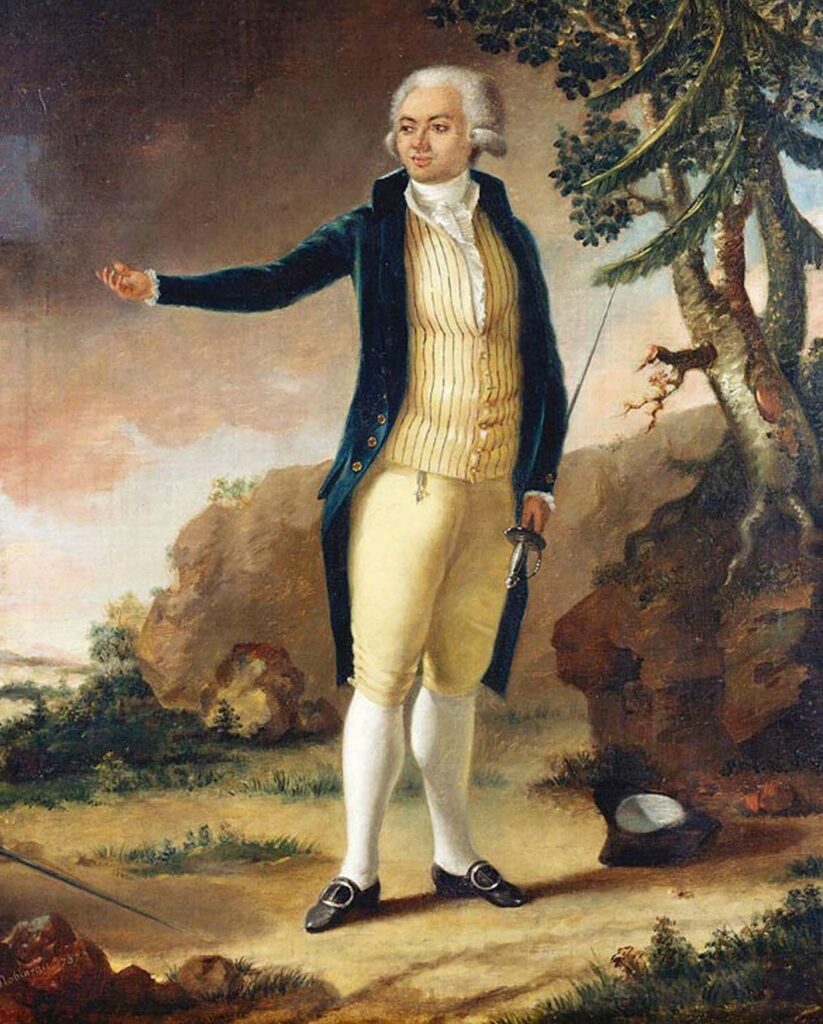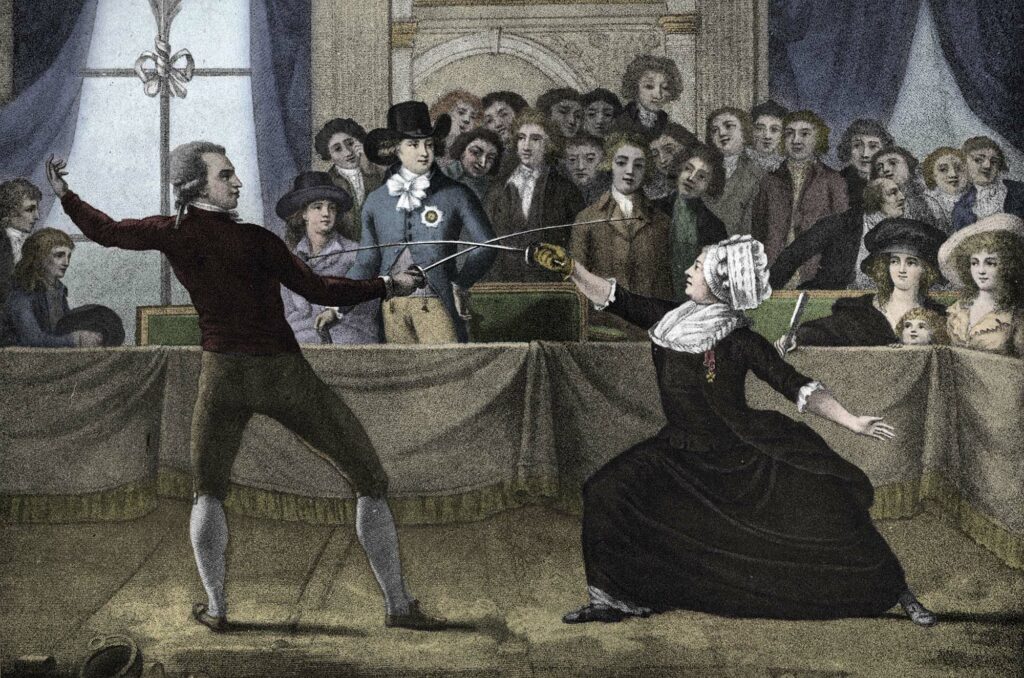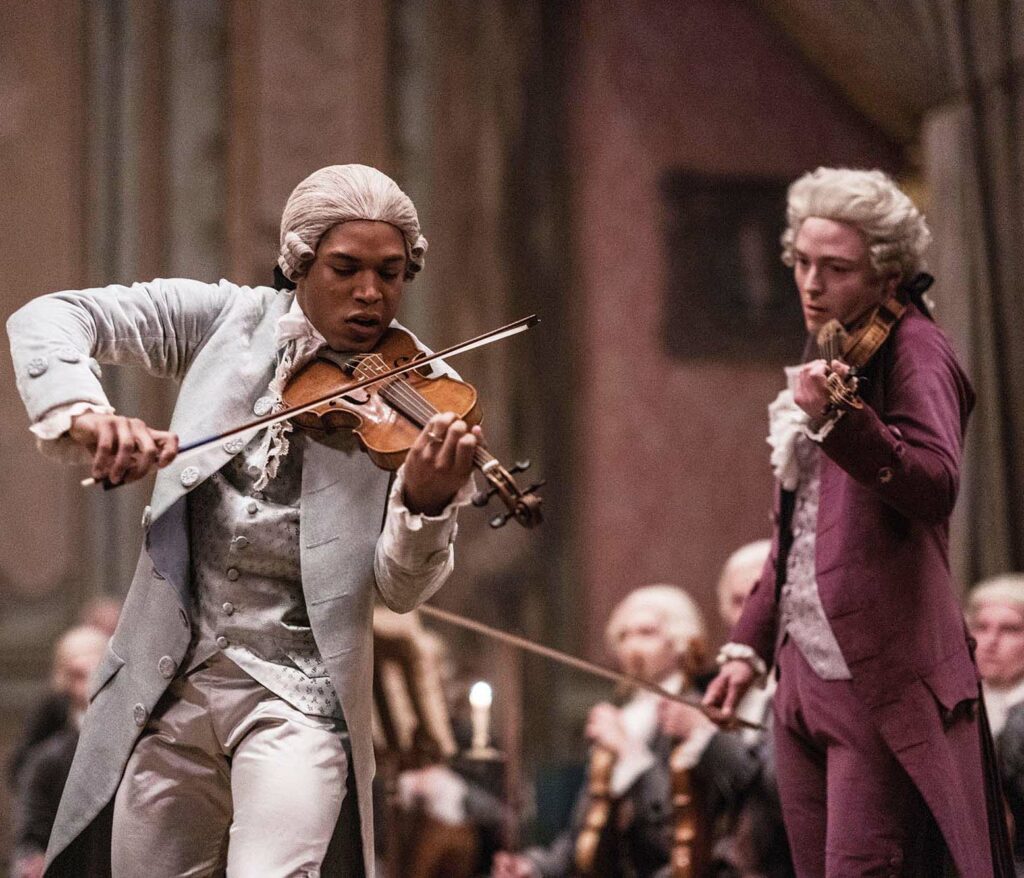• SPOTLIGHT ON…
THE LIVES OF HISTORY’S MOST FAMOUS FIGURES
Joseph Bologne: French musical maestro
Nige Tassell tells the story of the celebrated Caribbean-born violinist and composer whose spectacular rise to the top of 18th-century French society is the subject of an upcoming Hollywood biopic


It’s a long way from the rural Caribbean to Parisian high society. Arriving into this world on Christmas Day in 1745 in Guadeloupe, Joseph Bologne was born to an enslaved woman named Nanon who was the personal assistant of the wife of a local plantation owner. That plantation owner – Georges de Bologne Saint-Georges – was the baby’s father.
However, despite being married and baby Joseph being born out of wedlock, Georges recognised the child as his and gave him his surname. He appeared to not be affected by any social shame of the time. Indeed, two years after seven-year-old Joseph was sent away to boarding school in France, Georges and Nanon would join him in Paris and the three would live together in a high-status apartment.
When he was 13, Joseph was enrolled in a fencing school where he showed outstanding physical prowess. His sword skills helped him become an officer of the king’s bodyguard by 1766. He was also named a chevalier, a type of knighthood, which he added to his name (as a man of mixed heritage, he couldn’t inherit his father’s title: Gentleman of the King’s Chamber).
Taking up the baton
Little is known of Joseph’s childhood musical abilities, but in 1769 he took his place as a violinist in the new orchestra of composer François-Joseph Gossec. He appears to have shown similar precociousness in music as he had in fencing; within four years, he became its conductor. Under his baton, the ensemble – Le Concert des Amateurs – rose to become Paris’s most celebrated symphony orchestra. Parisians flocked to attend their performances, with women entranced by the handsome Joseph.
By the time he graduated to the conductorship, he had already shown his talent as a soloist when performing the first violin concertos he’d written. During the 1770s, Joseph wrote many works: concertos, symphonies and comic operas. This was a fecund time for him and he was the toast of the French capital.
Despite his popularity, though, Le Concert des Amateurs dissolved due to a lack of money, but Joseph successfully petitioned wealthy individuals of his acquaintance and a new orchestra, Le Concert de la Loge Olympique, was born. The Austrian composer Franz Joseph Haydn was commissioned to write a set of six ‘Paris’ symphonies, which the orchestra premiered to great acclaim. Even Marie Antoinette attended several of the performances.

“Joseph ventured into writing operas and, for a time, lived in the same Paris mansion as Wolfgang Amadeus Mozart”
Joseph was to perform more intimate recitals for the queen at the Palace of Versailles, to which only those in her inner circle were invited. However, around this time, she had also been presented with a petition from three female members of the Paris Opéra. Joseph had been proposed as the company’s next director, to which the singers registered their distaste, stressing how they could not possibly take direction from a ‘mulatto’. He didn’t get the job. Joseph instead ventured into writing operas and, for a time, lived in the same Paris mansion – owned by another patron of his, the Marquise de Montesson – as Wolfgang Amadeus Mozart. After the death of her husband, the Duke of Orléans, the marquise retired in mourning, leaving Joseph without a home or professional position.
Having travelled to London, Joseph dusted off his rapier and fenced in a number of exhibition matches, including one for the Prince of Wales. While in England, he also delivered messages from Jacques Pierre Brissot, the founder of the abolitionist Societé des Amis des Noirs, to the leading figures of Britain’s anti-slavery movement.
In 1789, as the French Revolution began to simmer, Joseph joined the National Guard in Lille. Three years later, he was appointed colonel of what became known as the Légion Saint-Georges, largely composed of men of colour. But his heroics in battle failed to obscure his close acquaintances with members of the aristocracy and in 1793 he was jailed for a year and a half. He never received a trial for the trumped-up charges of fraud.

The final curtain
Upon his release, Joseph travelled to the French colony of Saint-Domingue (present-day Haiti), which was in the throes of a slave-led revolution. Accompanied by 15,000 troops, his charge was to enact the abolition of slavery. When he returned to Paris, Joseph assembled his final orchestra, Le Cercle de l’Harmonie, with which he rejuvenated himself musically, performing as well as he ever had. But then serious illness struck – one report identified his ailment as an ulcer that had turned gangrenous – and Joseph died in the June of 1799. He was 53 years of age.
Joseph Bologne, Chevalier de Saint-Georges had packed plenty into those 53 years: champion fencer, adored violinist and composer, war hero and anti-slavery activist. All this had been achieved despite his skin colour. His mixed heritage may have found opposition within French society, but centuries later – and with a new film about his life due for release this year (see below) – he is still commemorated as a trailblazing figure in the world of classical music.
WATCH
A new feature film based on the life of Joseph Bologne, Chevalier, is due to for theatrical release in the US on Friday 21 April and the UK on Friday 23 June